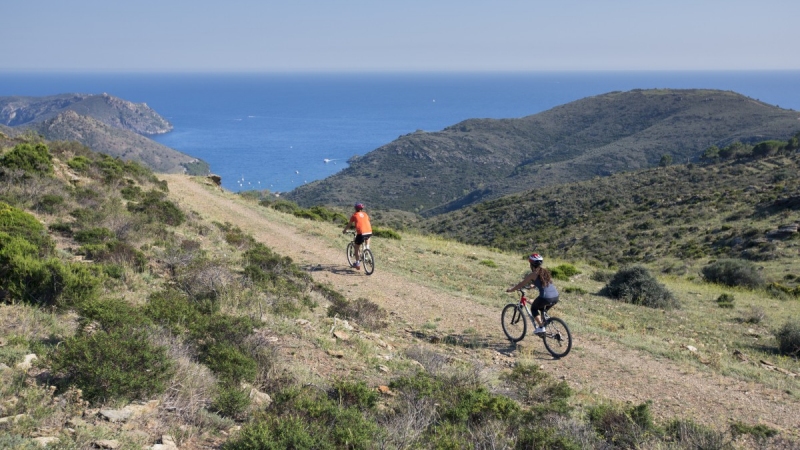The Rec de la Quarentena I Cave-Dolmen
(2500 - 2000 BCE - Late Neolithic)
The cave-dolmen is a megalithic tomb type that uses a natural cavity as a funeral chamber which is adapted to the dolmenic model. That is to say, the cave is closed with two side walls of dry stone walls and a passage is built with gneiss slabs and a mound in front. The tomb is oriented to the south-east, towards the sunset, perpendicular to the stream from which it takes its name.
This tomb was discovered by geologist Carlos Roqué in 1998. In the same year he excavated it and found several pieces of handmade pottery that enabled it to be dated to the second half of the third millennium BCE. Subsequently, the closing walls were restored and the mound was reconstructed to reinforce the passage. The acidity of the soil means that there are no human remains in the chamber.
These type of tombs, called alternatives, are found within a context in which there is an increase in the demand for graves, probably due to an increase in the population or because the community of farmers who lived nearby needed to bury more members of the group. In any case, the graves of the Neolithic times were places of multiple burial, either simultaneously or successively.










